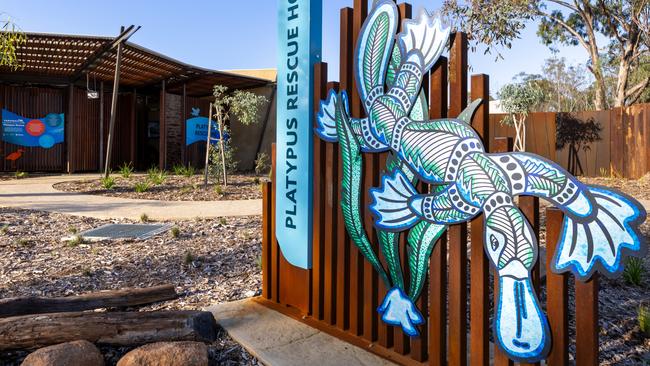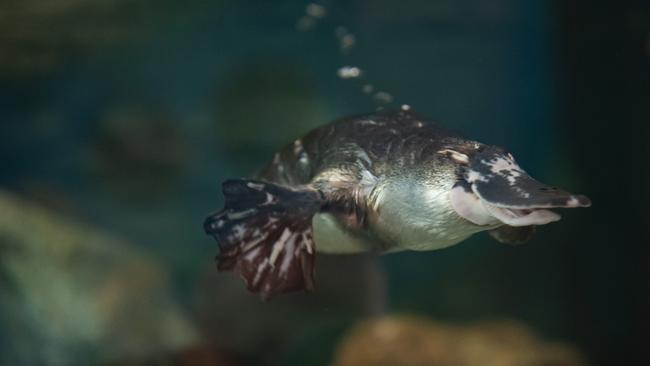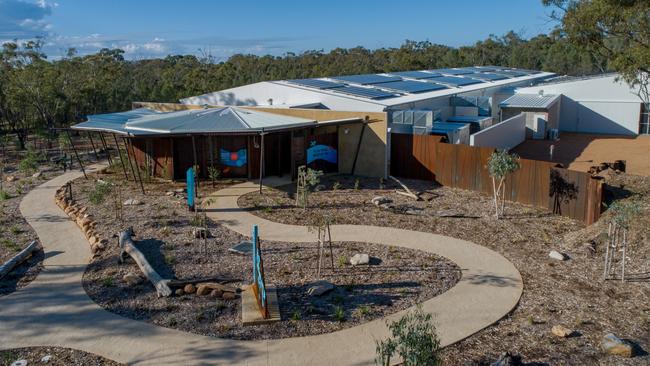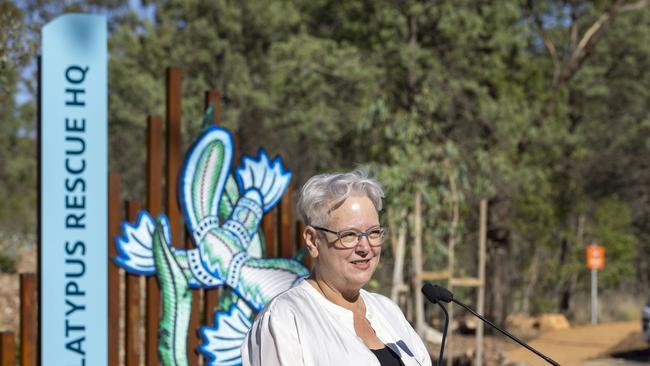Taronga Western Plains Zoo: $12.1m state-of-the-art Platypus Rescue HQ opens in Dubbo
The world’s largest purpose-built platypus rescue centre has opened in the state’s central west. Read what the facility features.

Dubbo News
Don't miss out on the headlines from Dubbo News. Followed categories will be added to My News.
The world’s largest purpose-built platypus conservation centre has opened in the state’s central west, providing a “world-class” refuge.
Taronga Western Plains Zoo opened the Platypus Rescue HQ which can house up to 65 platypuses from five different river systems during severe environmental events like bushfires, droughts and floods.
The $12.1m building features a conservation and research facility, tanks for 65 platypuses, a semiaquatic and semiwild facility and 23-year-old display platypus Mackenzie.
Taronga Conservation Society Australia chief executive officer Cameron Kerr says the zoo was “ready for the next crisis to come”.
“Our wildlife pathologists have been seeing the unusual die-offs of disease just increasing across species like the Bellinger River turtle, the dropping numbers of Regent honeyeaters, and of course, the beautiful Corroboree and Blue frogs and others,” he said.

“We’re inundated by particular estuarine species, fish, platypus and others.
“This new, purpose-built facility will bring together global experts, paving the way to truly understand this cryptic species and ensure our emblem species cannot only survive, but thrive in the wild.”

Environment Minister Penny Sharpe said the facility would help to secure platypus numbers into the future and also provide a “fantastic” regional tourist attraction for the Central West.
“We can save them when they’re in distress and put them back into the wild and we’re also learning about them,” Ms Sharpe said.
“We know so little about these incredible animals – it’s just an amazing project – it’s a whole community that come together to make it happen.”

Ms Sharpe said that while the HQ can facilitate up to 65 platypuses, she was torn and hoped the rivers were “healthy enough” to not have to use them.
“Knowing that we’ve got an insurance to actually help rehabilitate them and save them is good,” she said.
“NSW is incredibly lucky to have world-class researchers and academics working in partnership with the zoo and other wildlife carers and others to really secure the future of the platypus.”



